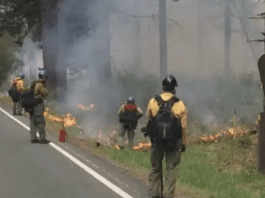 This week we’ve got three articles about communicating in another language. First, Greg Judy talks to us about fence chargers, using a language put together by electrical engineers. If you don’t know what a volt or a joule is or why we care, I translate this language into something more useful for the every day person.
This week we’ve got three articles about communicating in another language. First, Greg Judy talks to us about fence chargers, using a language put together by electrical engineers. If you don’t know what a volt or a joule is or why we care, I translate this language into something more useful for the every day person.
Next, Wayne Burleson encourages us to consider the “body language” of plants as a form of communication and he translates it into something we can use next time we’re out in the pasture.
Finally, we learn a little bit about the language of cows from a researcher in Australia. Now, as you listen to some of the sound clips she collected and translated, you might have a new way to calibrate what your animals are saying to you.
When we look at communication this way, it turns out we speak more languages than we thought. We have the language created by routine with our spouse, our livestock, and our friends – where we watch what they’re doing and respond to them without having to speak. There’s the language of the clouds in the sky that tells us if we can expect rain. There is the scent of the soil that tells us if it is healthy or dry.
What I like about looking at these things as “language” is that it takes us out of our unconscious minds and let’s us really think about what is happening and what we want to do about it. It helps us pay closer attention to the pastures and livestock we manage, and perhaps give us different options for what we do.
Right now, my cat is at the door yelling at me. I’ve heard this from her before – I’m supposed to go outside with her and walk around the yard. I’ve been trying to ignore her, but it’s no use. So, off I go.
Thanks for reading, and stay safe out there!
Kathy




